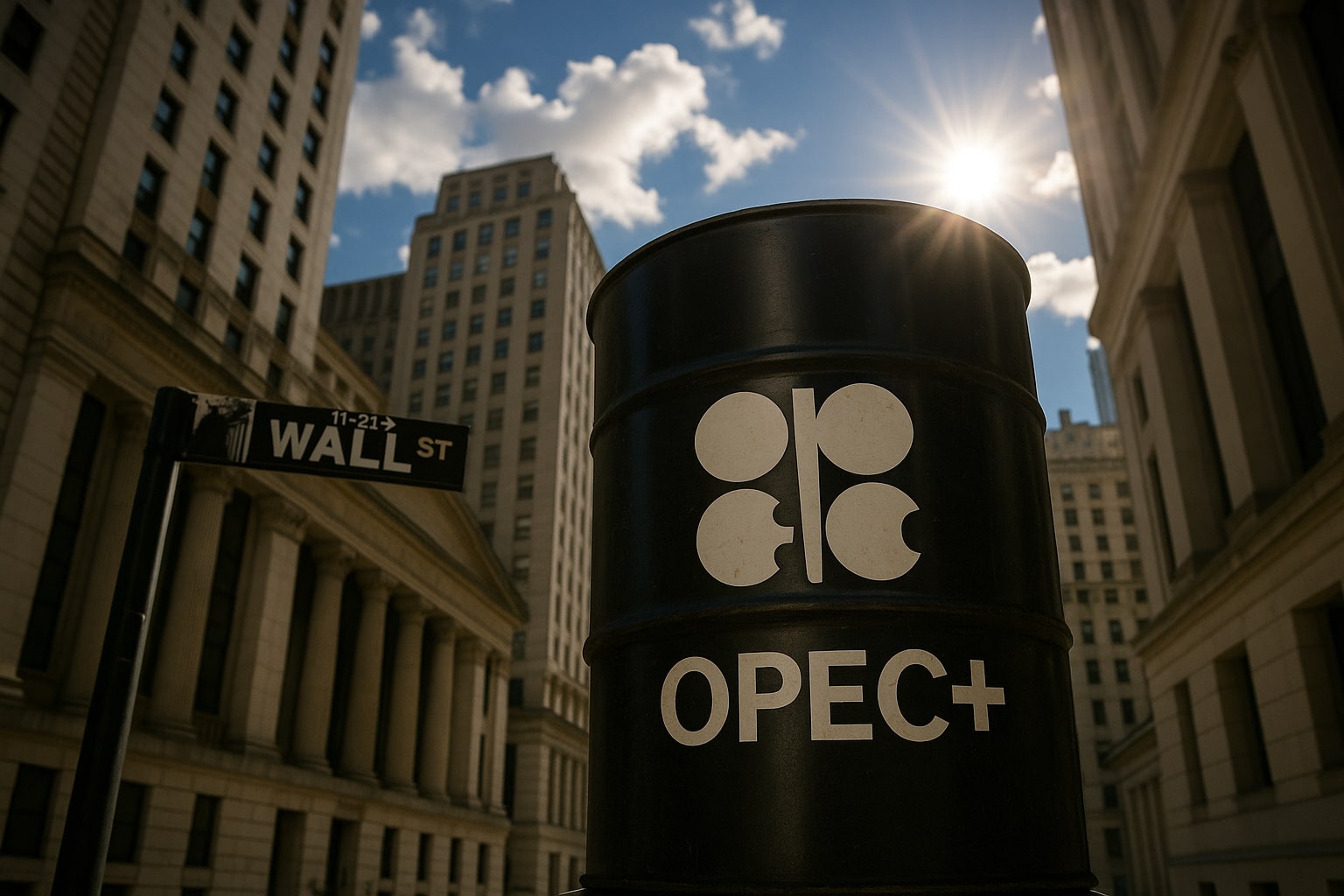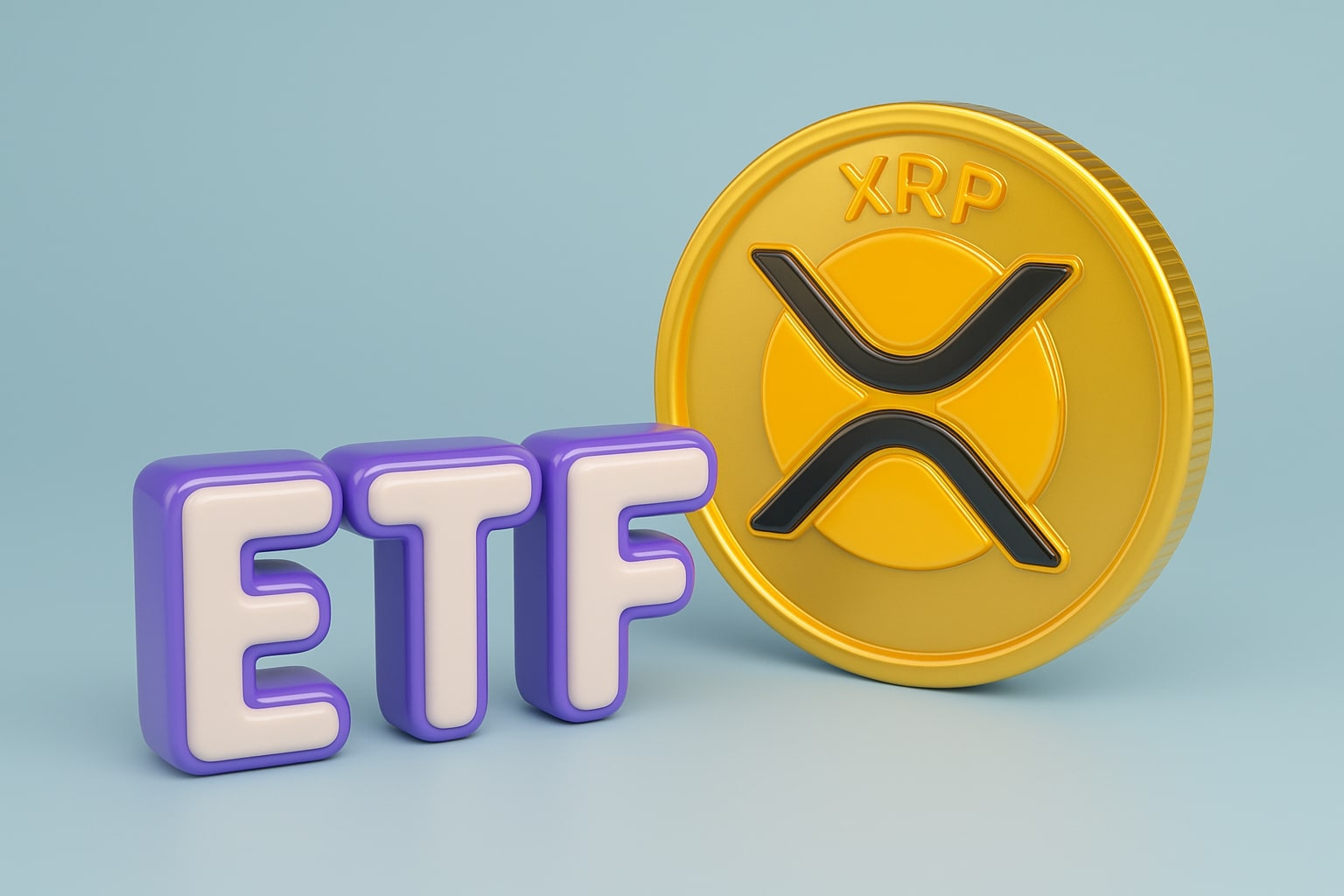European Transition and Norway’s Green Strategy Contrast Fossil Dependence
While OPEC+ maneuvers to stabilize oil income, Europe’s largest oil producer, Norway, is accelerating its green pivot. The country recently conducted its first intercity electric test flight using the Alia CX300, marking a milestone toward fully electrified domestic aviation. Despite generating billions from offshore oil, Norway invests heavily in decarbonizing transport, electrifying 44 airports and over 10,100 EV chargers nationwide. The move symbolizes a structural transformation that could gradually erode future oil demand in OECD markets. With 88.9% of new vehicles sold in 2024 being electric, Norway’s long-term reduction in petroleum dependence sends a clear signal: developed economies are embedding energy transition even as producers fight to monetize remaining hydrocarbon cycles.
Gasoline Market Stabilizes at $3.15 per Gallon but Refinery Maintenance May Shift Dynamics
Downstream markets echoed crude’s softness, with U.S. gasoline prices stabilizing at $3.15 per gallon, unchanged from last week. According to EIA data, U.S. gasoline demand dropped from 8.95 million bpd to 8.51 million bpd, while inventories rose from 216.6 million to 220.7 million barrels. The oversupply, coupled with lower travel activity post-summer, is keeping pump prices steady despite the crude downturn. However, analysts warn that seasonal refinery maintenance could temporarily squeeze supply mid-October, possibly lifting gasoline prices by 5–7 cents. For small businesses reliant on transportation, this equilibrium provides short-term relief, though volatility could resurface if refineries extend downtime or if geopolitical events disrupt supply chains.
Technical Picture and Market Sentiment for CL=F and BZ=F
From a technical standpoint, WTI (CL=F) faces firm resistance near $62.50–$63.00, with support forming around $59.70 — a level not tested since early June. The 200-day moving average now slopes downward at $65.40, indicating structural bearish pressure. Brent (BZ=F) mirrors this trend with resistance at $65.80 and downside risk toward $61.50. RSI readings near 34 reflect oversold conditions, yet traders remain cautious ahead of Sunday’s OPEC+ meeting. Volume metrics show a 22% surge in open interest for short contracts, confirming institutional positioning for further weakness. A failure to maintain WTI above $60 could trigger algorithmic selling toward $58, while any coordinated OPEC+ output restraint could drive a corrective rebound back toward $67–$69.
Outlook and Strategic Stance
As of early October 2025, the oil complex remains dominated by excess supply, weak demand momentum, and political signaling rather than fundamentals. The resumption of Iraq’s 200,000 bpd exports, coupled with the prospect of up to 1 million bpd additional OPEC+ output, creates a structural overhang likely to cap prices through November. At the same time, the U.S. crude inventory build, muted refinery utilization, and steady gasoline stockpiles reinforce the case for short-term downside. However, with RSI levels entering oversold territory and speculative shorts heavily concentrated, a technical rebound toward WTI $65 and Brent $68 cannot be ruled out if OPEC+ moderates its production stance.
Verdict: HOLD with Bearish Bias — Oil’s fundamentals remain under strain, but prices have already corrected over 8% in one week. Near-term recovery potential hinges entirely on OPEC+’s Sunday decision and the pace of Iraq’s pipeline ramp-up. A confirmed output hike above 500,000 bpd would likely send WTI (CL=F) below $59, while a pause or symbolic cut could stabilize prices near $66. Long-term, the interplay between fiscal necessity, geopolitics, and energy transition continues to define the crude market’s next directional phase.




















